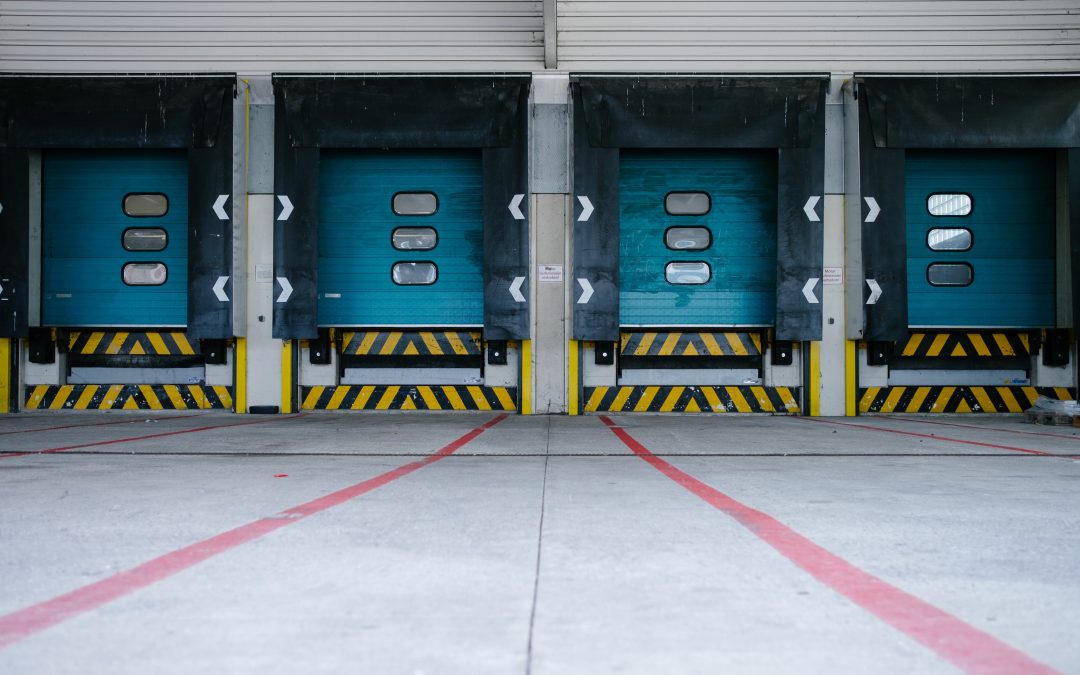By: Omar Sadaoui
What is it?
Flex buildings, also known as office/warehouse space, provide “flexibility” and allow for a wide range of office and warehouse uses; such as: storage, distribution, light manufacturing, order fulfillment and processing. These spaces can be easier to retrofit to meet a company’s needs than typical warehouse buildings due to their unique type of construction and design. This flexibility is ideal for a wide range of companies that need office space with a warehouse component. Historically, flex real estate contained between ten and fifty percent of office space; however, the amount of square footage allocated to office space has significantly reduced during the twenty-first century. The evolution of e-commerce and technology has led tenant’s demand for dedicated office space to range between ten to twenty percent, as the need for more warehouse space becomes prevalent.
Trends
Developers and users are maximizing their value per square foot and taking advantage of clear heights (14-24 ft), to add mezzanine or second floor office space. Some new developments are also implementing features during construction to minimize tenant improvements by adding water/oil separators into floor drains, temperature controlled warehouses, large automatic overhead doors, natural lighting, 6” floor slabs in areas, upgradeable electrical service, and multiple bathrooms to better serve tenants.
Most flex buildings offer standard overhead doors (12-16 ft) and pedestrian door entrances, but some flex buildings include dock doors which cater to businesses receiving large orders by freight. This is more commonly seen in business parks, where the land size can accommodate these deliverables.
Investors and developers that can offer more parking coupled with exterior storage space, reduced operating costs through higher efficiency building materials, and flexible space that can adapt with businesses ebbs and flows prove to enjoy consistently higher yields.
High Demand and Little Inventory
According to CoStar’s latest market update, flex properties posted the highest current market average rents in Spokane, WA at $10.40/SF, followed by specialized assets at $8.20/SF and logistics assets at $7.80/SF. Typically traded at a higher yield than distribution facilities, investors are not as dependent on rent growth to generate a long term yield. Although some flex buildings remain as single tenant stand-alone buildings, many flex assets can mitigate major vacancy risks by having multiple, smaller use tenants. With consistent yields, low vacancy and inventory, the flex subtype remains competitive around the Northwest.
Omar Sadaoui is an Associate Advisor with SVN Cornerstone. Omar has several years of construction and real estate experience, and specializes in the acquisition and disposition of Industrial, Retail, Land, and Development investments.

